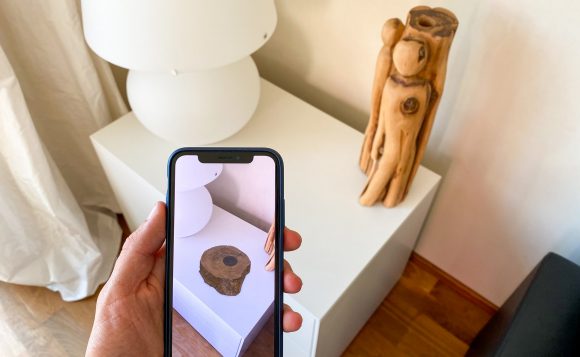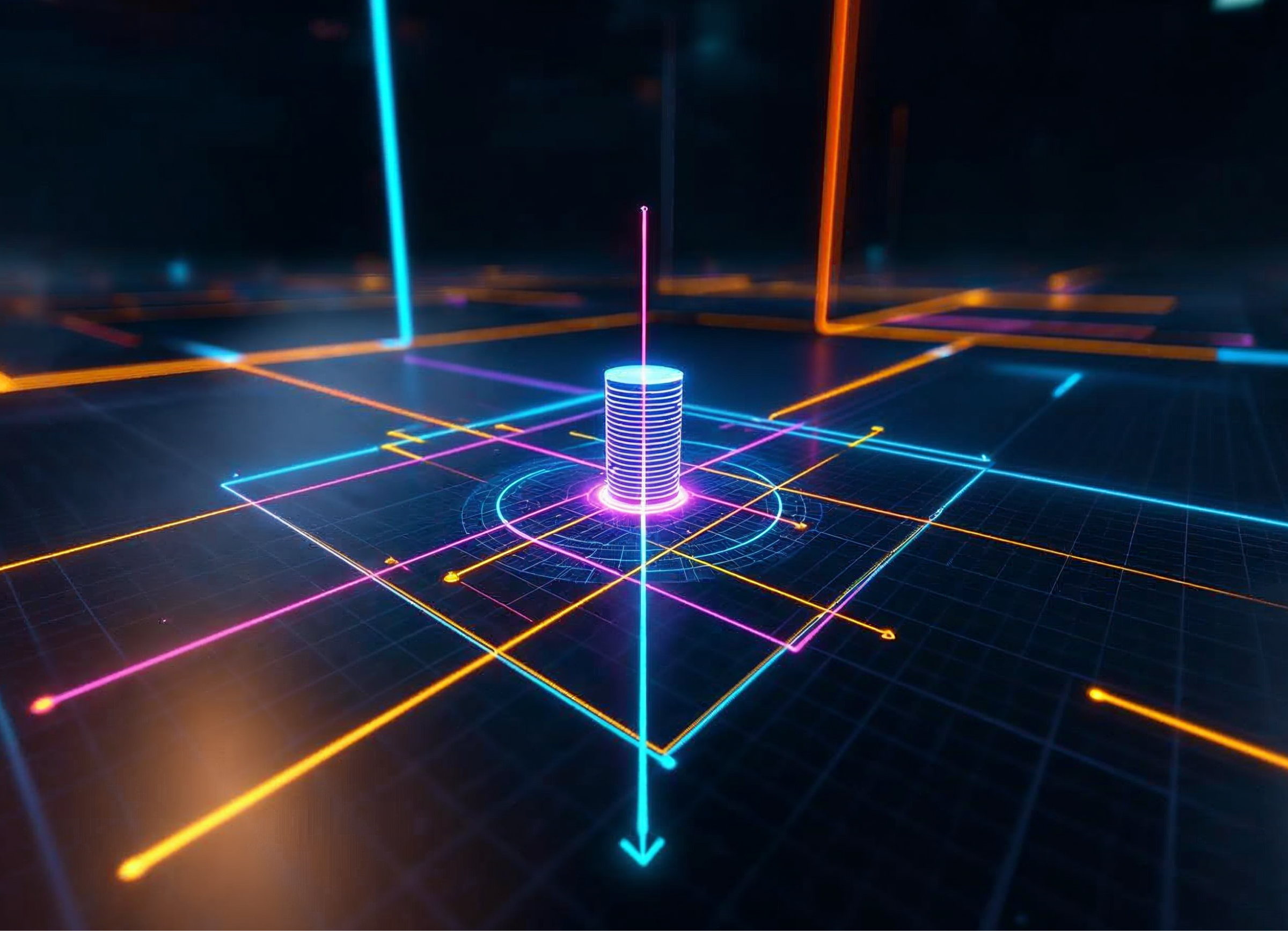
Augmented Reality (AR) is a technology that has gradually but continually solidified its position in our day to day lives.
Benefits of augmented reality
Once a technology whose use was limited to entertainment sectors such as the gaming and movie industries, AR is now an innovative force to be reckoned with among tech industries worldwide. Applications over just the past few years have seen AR extend its use cases to include socializing – especially through mobile applications – the use of its constructs to enhance utilities such as mapping technology, applications in the medical and education sectors to name but a few.
AR perspectives for developers
It is no surprise, then, that developers whose areas of expertise lie in the angles of AR are selling like hotcakes in the technological innovation industries. With AR continuing to find relevance in various fields of work, the demand for developers to implement it is on a constant rise.
Augmented reality programming languages
Back in the developers’ world, the hype is picking up as more people are migrating towards familiarizing themselves with AR development tools on the daily. The dilemma now, however, especially for the newcomers of the game, is the decision they have to make over what direction to head. The direction here is taken to mean what programming paradigms are most suitable for developers to grasp so they can meet the AR demands of various industries quickly and without any hiccups. Various languages are used in this development, and each has its own strengths and weaknesses. The list below can be a good place to start for developers looking to enter the field.
JavaScript
A highly adaptable and versatile programming language, JavaScript ranks high among preferred languages in the AR development world. As a language itself, JavaScript has been developed over many years to become a highly comprehensive language which gives developers a vast environment to work on for their AR applications. JavaScript also has derived frameworks and libraries from its core library which are all compatible with it and work to make the language even more robust. For instance, the ability to modularize elements of a UI into distinct, individual parts can help developers to create dynamic entities within the UI. HTC Vive, Oculus Rift are some of the companies using JavaScript to implement AR in their headgear.
Java
Java is a language that has been adopted by programmers all over the world thanks to its robust nature. Today, it is considered a fundamental program for learning object-oriented programming in most learning institutions. Its object-oriented features make it an excellent tool for generating various AR components such as neural network algorithms, advanced language processing capabilities among others. It is a high-end language that is compatible with AR’s high-end needs. Java also has the advantage of an included 3D application processing interface (API) which allows developers to create, test, and implement various AR related components with ease.
C#
C# works in conjunction with the development engine, Unity, to create highly extensible AR environment. Considered the top AR environment in the world today, Unity is known for implementing most of its components in C#, which makes C# a highly popular language for AR enthusiasts. Under the use of Unity, C# is an extensive language which can be used to simultaneously develop applications for Android, iOS, and PC. Because Unity is a highly popular language (with over 4.5 million developers and designers on board), users can find a vast amount of support while building their applications. Learning C# initially can provide a good kickstart for these developers to grasp Unity components and modules.
C++
C++ is mostly utilized in Unreal, another development engine which is considered the greatest rival to Unity. Unreal is a highly extensible language which is used mostly for larger AR applications which Unity is considered unfit to handle. Unreal has its own development languages which are highly easy to learn and allows the major parts of the AR applications with its implementations to be developed through C++ syntax.
These languages provide the most powerful tools for learning and implementing AR tools into various institutions and business processes. However, there are some languages that can be used to some extent to derive various features of AR. These include Swift, Python and various visual development tools. However, their use and implementation are not as extensive as those of the languages discussed above.
What programming languages are best suited for AR
That being said, the selection for a developer when it comes to choosing an ideal AR programming tool is dependent on various factors. These factors may include the time required to build these AR features, the complexity of the AR application in question, as well as the development engine which the developer will be working with. Some fixed engines like Unity and Unreal limit the use of these languages simultaneously and users may have to select only one too.



